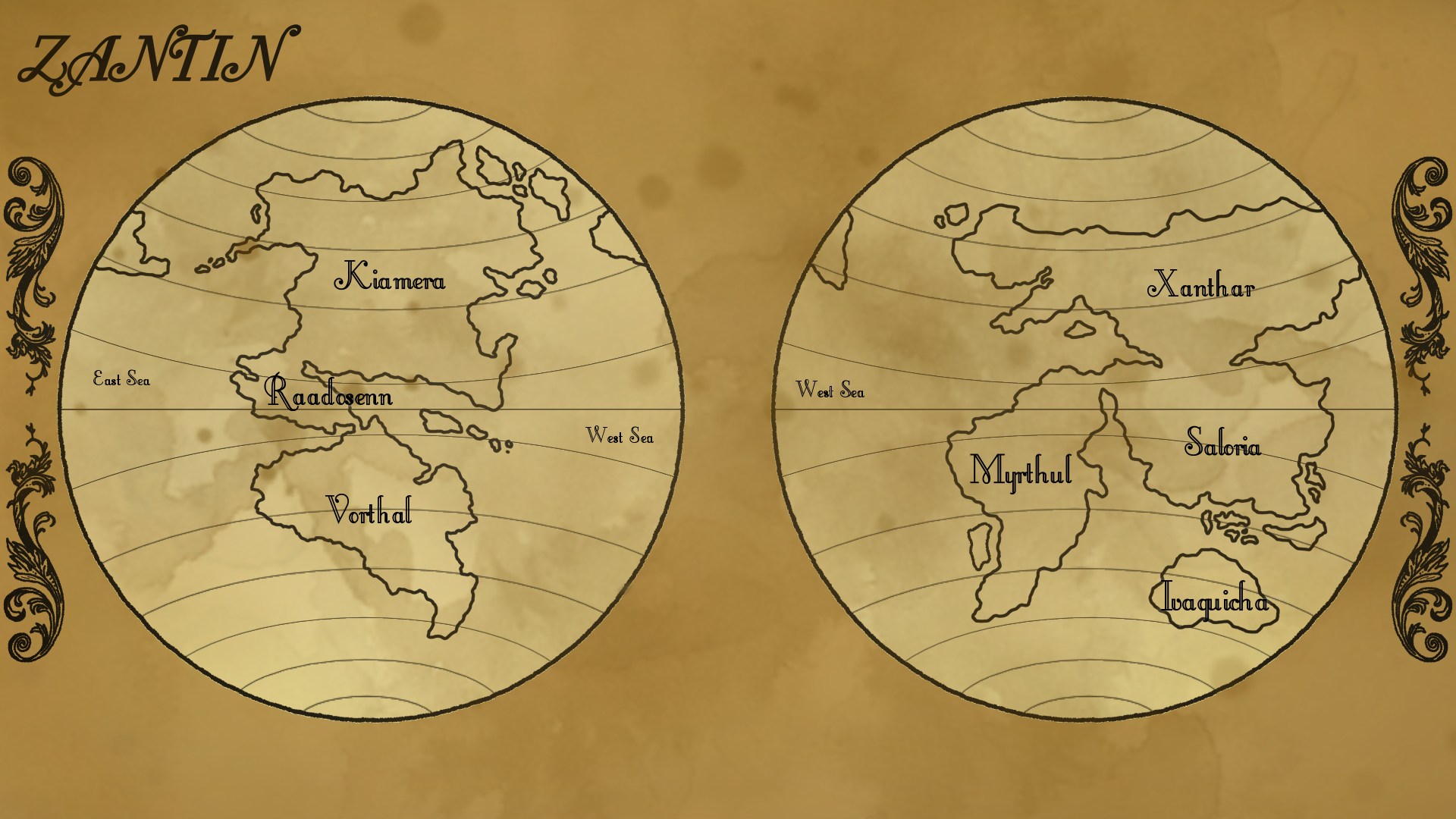Giant Otter
"While certainly large and unruly, the otters of Vorthal are also curious and playful. If not for the incessant barking, they may even be enjoyable." -from My Days in the Jungle by Ferdinand HertalsonThe giant otter is a fresh water weasel native to the rivers of the Great Vorthali Forest. They are known for having incredibly loud "barks" and complex social groups.
Basic Information
Anatomy
The Vorthali species is the largest of otters, males growing up to ten feet long and 160 pounds and females just slightly smaller. They have shorter fur than other species, likely due to the reduced need to retain heat in the warmer waters of Vorthal, and are typically dark brown with reddish hue, appearing black when wet. They have short sloped snouts that give the head a round appearance. They have small round ears towards the back of their head and large sensitive whiskers.
Dietary Needs and Habits
Giant otter feed mostly on river fish, to include piranha, and can do so alone or as a group. Coordinated hunting is seen mostly when a prey cannot be taken on alone, such as juvenile black caiman or anaconda.
Additional Information
Uses, Products & Exploitation
The giant otters fur is highly sought after for its velvet feel and water resistance however due to their social nature, it has proven difficult to procure the fur without invoking aggression from many otters.
Perception and Sensory Capabilities
The giant otters whiskers are believed to allow the feeling of slight changes in water pressure and current giving the otter increased tracking capability.



Comments